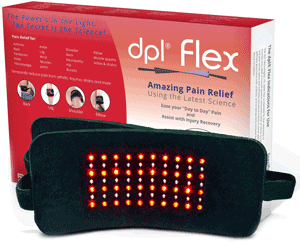If you have ever experienced a bout of skin irritation, in which your skin became inflamed, itchy, and scaly, you know how embarrassing and distressing the situation can be. Oftentimes, a trip to the toiletry aisle for the leading anti-dandruff shampoo or treatment just isn’t enough. Sure, it can alleviate the symptoms of a dry, flaky scalp for a little while, but you never really address the problem head-on; you simply put a band-aid over it until the next washing.
While the above scenario might be familiar to you or someone you know, you could actually be suffering from a condition known as seborrheic dermatitis, also commonly known as seborrhea. Seborrheic dermatitis is characterized by red, itchy skin that looks like a painful, flaky rash. It doesn’t only take shape on the scalp, either; many people have reported seborrheic dermatitis breakouts on various parts of their body, such as their chest. It is also commonly confused with other skin conditions such as eczema or psoriasis. In young babies and children, seborrheic dermatitis looks like yellowish flakes on the skin, but tends to go away after a few years.
How to Treat it
Because there are a number of reasons why you might be experiencing seborrheic dermatitis – including stress, genetics, weather, and other factors – there are also a number of ways to treat the condition. Those who wish to go with a more natural, at-home solution have begun turning to their pantry for white vinegar.
Due to its anti-microbial and anti-fungal properties, white vinegar has been popular around the seborrheic dermatitis community. Applying a few drops of the vinegar on a cotton ball and applying it directly to the affected area no more than 3 times a day has shown, in some, to rid of the irritation and the redness of the dermatitis. Some have even reported a complete clear-up of their dermatitis if they follow this regimen daily. It is important to choose a white vinegar with a low acidity percentage, such as 4%, so as not to burn your skin. Another option is to dilute the vinegar with water and dab it on with a cotton ball as you would with the un-diluted vinegar. In many, this has worked to break down the flakes and reduce the appearance of the dermatitis.
An important disclaimer: White vinegar is a powerful, acidic vinegar. Some individuals have reported a burning sensation upon applying a few drops of the vinegar to the affected area. If you know that your skin is sensitive and might be susceptible to a reaction, go with a milder vinegar such as apple cider.


